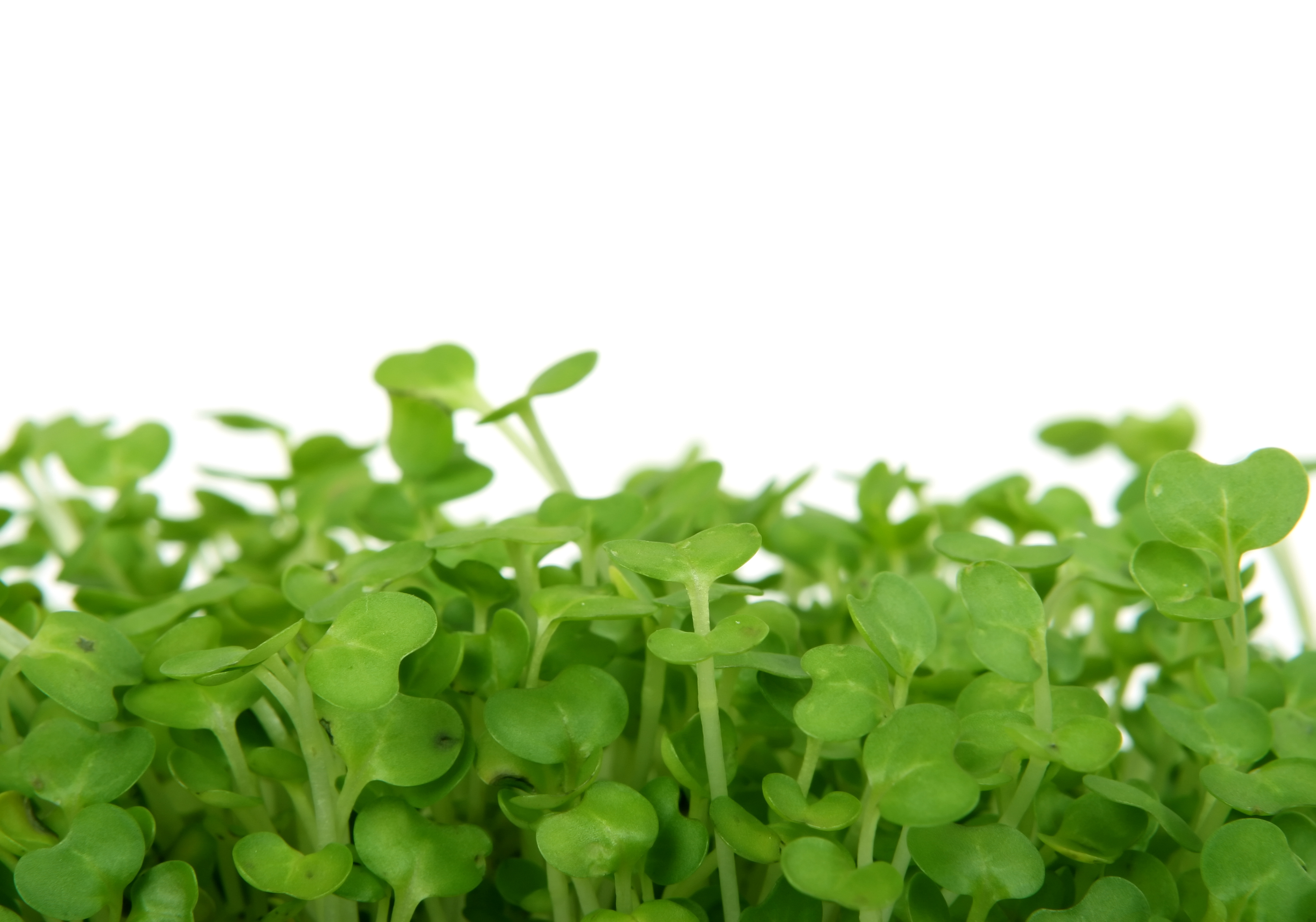
TUESDAY, Nov. 27 (HealthDay News) — In the United States and elsewhere, high fructose corn syrup is ubiquitous in soft drinks, sweet baked goods and many processed foods. But a new study shows that as a nation’s rate of fructose intake rises, so do levels of type 2 diabetes.
The study cannot prove a cause-and-effect link, but it does conclude that diabetes prevalence is about 20 percent higher in countries where use of the sweetener is high, relative to those where it is not.
The association between high fructose corn syrup intake and diabetes risk persisted regardless of an individual’s overall sugar intake or obesity status. According to the study authors, that suggests that there’s something special about the sweetener that’s boosting diabetes risk beyond what other sugars would.
“The 20 percent higher prevalence of type 2 diabetes in countries using a lot of high fructose corn syrup was not explained by population differences in terms of obesity [levels],” said study lead author Michael Goran, professor of preventive medicine and director of the Childhood Obesity Research Center at the University of Southern California in Los Angeles.
“So, there’s some other factor, maybe several interrelated factors, over and above obesity, that contributes to diabetes,” he said. “High fructose corn syrup and the way it is metabolized may very well be one of them,” he added.
The findings were published online Nov. 27 in Global Public Health.
Type 2 diabetes, which is typically tied to obesity, remains one of the most common causes of death worldwide. According to Goran’s team, nearly 8 percent of people worldwide could be diabetic by 2030. Much of the rise is taking place in the developing world, as diets shift to more Western fare high in carbohydrates and sugars.
But are all sugars created equally? Goran and his team say prior studies have suggested that fructose follows a different digestive path than glucose, metabolizing in the liver independently of insulin. From there, they said, it can readily turn into fat.
In their study, the researchers analyzed data on diabetes prevalence and body mass index (BMI, a measurement based on height and weight) collected in 2000, 2004 and 2007 by the Global Burden of Metabolic Risk Factors Collaborating Group. This information came from adults over the age of 20 across 199 nations.
The team also collected United Nations data on food consumption across various countries to assess to what degree various sugars and cereals were staples of local diets. In the end, Goran’s team was able to get information on high fructose corn syrup intake from 43 countries.
The investigators found that BMI, daily calories and total sugar intake (including sugars of any kind) were comparable across countries, regardless of the level of high fructose corn syrup intake.
Still, countries that ranked high in use of the sweetener also had significantly higher rates of diabetes than countries with lower rates, Goran’s group reported.
Americans were by far the biggest consumers of high fructose corn syrup, at 55 pounds per person per year. According to the researchers, beginning in the late 1990s, the sweetener had comprised about 40 percent of all sugars found in food products in the United States and it remains the number one sweetener in soft drinks.
Hungary came in a distant second (consuming 46 pounds of high fructose corn syrup per capita annually), followed by Slovakia, Canada, Bulgaria and Belgium. Countries with the lowest consumption included India, Slovenia, Latvia, Ireland and Sweden.
Countries in the highest category of intake were found to have an average type 2 diabetes prevalence of 8 percent, compared with just 6.7 percent among those in the lowest consumption category, the team found. That difference equates to roughly a 20 percent jump in actual number of cases of diabetes, the researchers explained.
Goran stressed that fructose is found in many sources beyond high fructose corn syrup. “Ordinary sugar also yields fructose, as it contains glucose and fructose in a 50-50 mix,” he said. “But the less amount of fructose you consume, the better.”
Put another way, he said that, “It’s a question of the good, the bad and the ugly, with an apple — which has about 10 grams of fructose in it — being good, the fructose in [table] sugar being bad, and the fructose in high fructose corn syrup being the ugly.”
An industry representative condemned the research as “severely flawed.”
In a statement, Audrae Erickson, president of the Corn Refiners Association, said that the study cannot prove a cause-and-effect relationship. “Just because an ingredient is available in a nation’s diet does not mean it is uniquely the cause of a disease,” she said. Looking at data from the study, she noted that “even though Japan consumes more high fructose corn syrup every year than Mexico, the prevalence rates of diabetes in Japan are about half of Mexico.”
Erickson said, “The common sense message for consumers to understand is to watch their intake of all calories, including all added sugars.”
One nutritionist not connected to either the study or the industry agreed with that sentiment.
Lona Sandon is a registered dietician and assistant professor of clinical nutrition at the University of Texas Southwestern Medical Center at Dallas. She said that, “no matter what the added sugar is — honey, agave, sugar, or high fructose corn syrup — we should not be consuming it. In fact, honey and agave syrup have higher levels of fructose than high fructose corn syrup, but people think they’re somehow better for us because they’re ‘natural.’ But all of these things feed a craving for sweetness, which really is an acquired taste that we learn to seek out. Like a drug. So we have to come to reality here, and learn to stop doing that.”
More information
There’s much more on diabetes at the American Diabetes Association.

